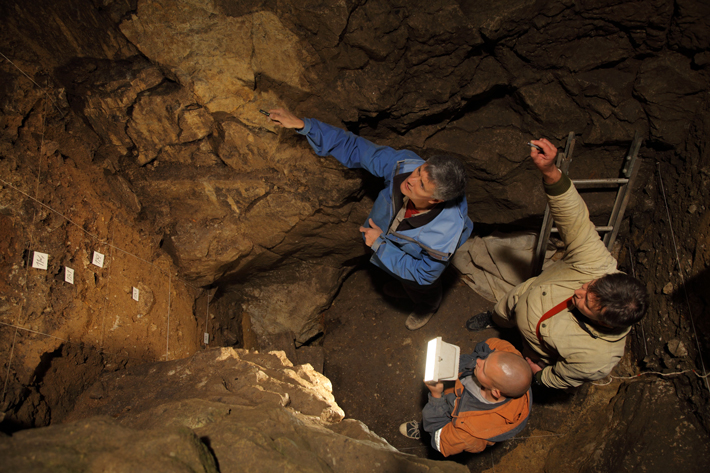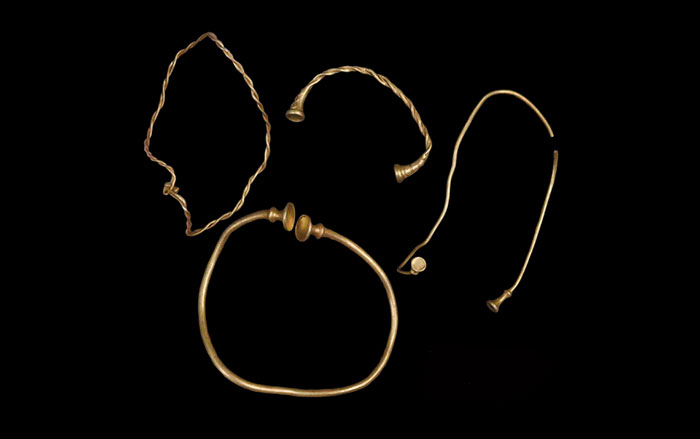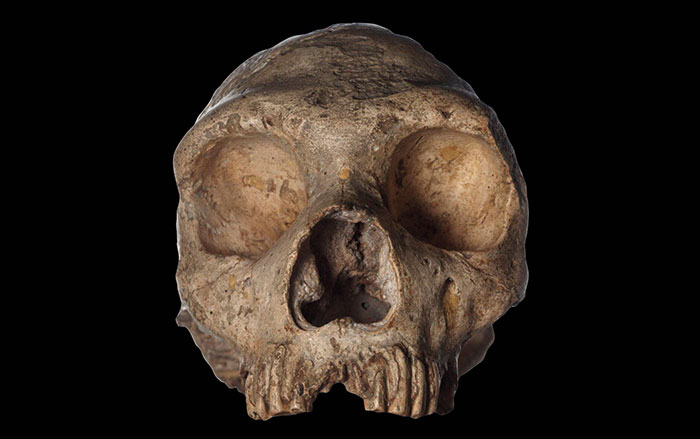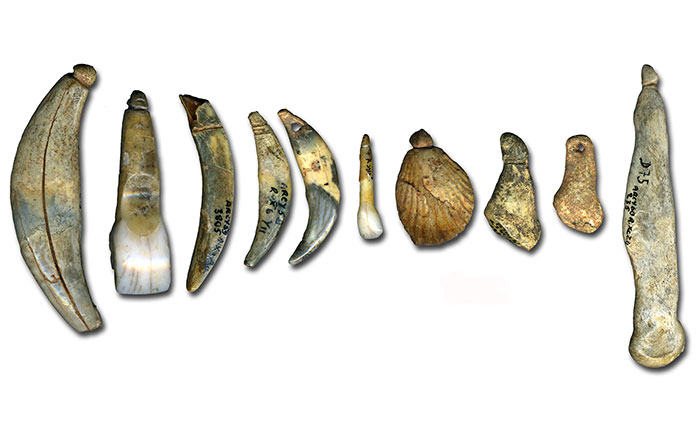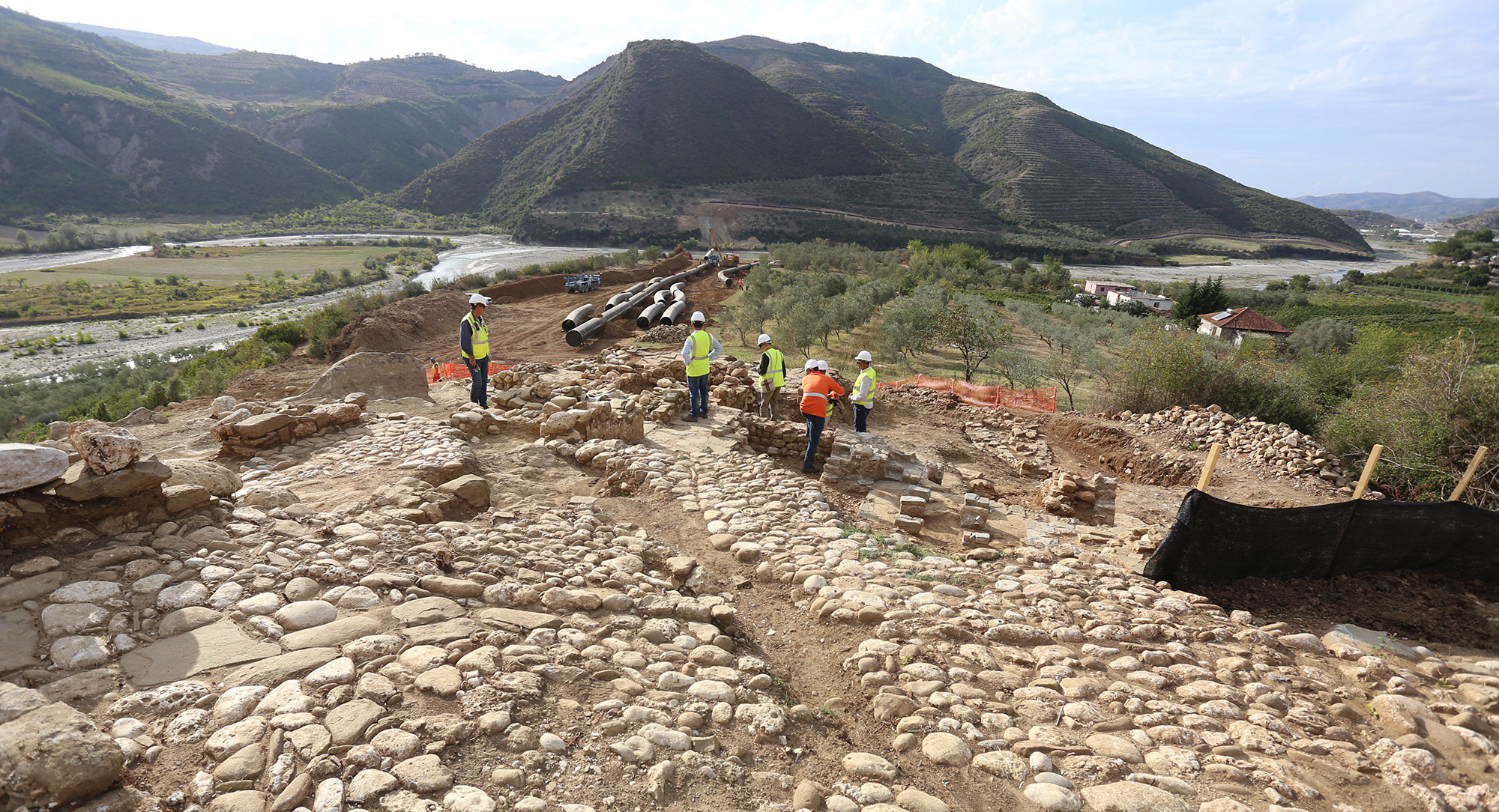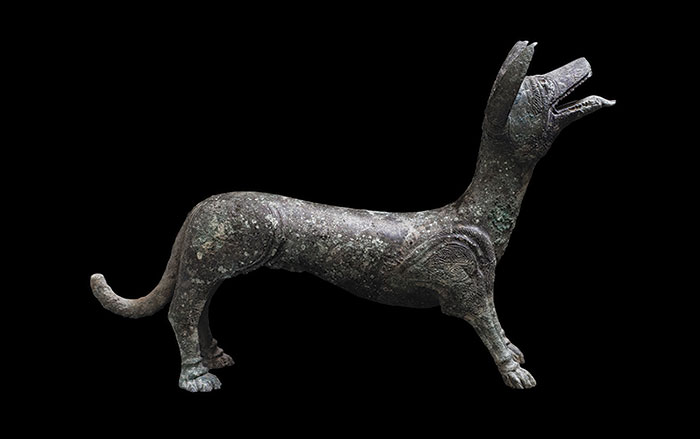Remains of early humans such as Neanderthals and Denisovans have been discovered at just a limited number of sites in Europe and Asia. This has long frustrated archaeologists, who are confident that many more locations were occupied throughout these regions. This year, however, researchers announced a new way of detecting the hominins’ presence—through genetic traces in cave sediments. A team led by Viviane Slon of the Max Planck Institute for Evolutionary Anthropology analyzed sediments from seven sites in France, Belgium, Spain, Croatia, and Russia, and found Neanderthal DNA at three sites dating to up to 60,000 years ago, and Neanderthal and Denisovan DNA in Russia’s Denisova Cave dating to around 100,000 years ago. In a number of cases, the genetic evidence was located at stratigraphic levels where no hominin remains have been found. “It was really exciting,” says Slon, “to see that even without the bones, we can still find the DNA of these people.”
The technique worked even with sediments that had been collected a number of years ago and stored in labs, Slon notes, “so we’re not only restricted to active excavations.” The researchers hypothesize that the DNA in the sediments comes from body fluids left behind by hominins as well as decomposition of their remains. So far, they have focused on mitochondrial DNA, but hope to be able to find nuclear DNA as well, which would provide additional genetic information about the hominins.
